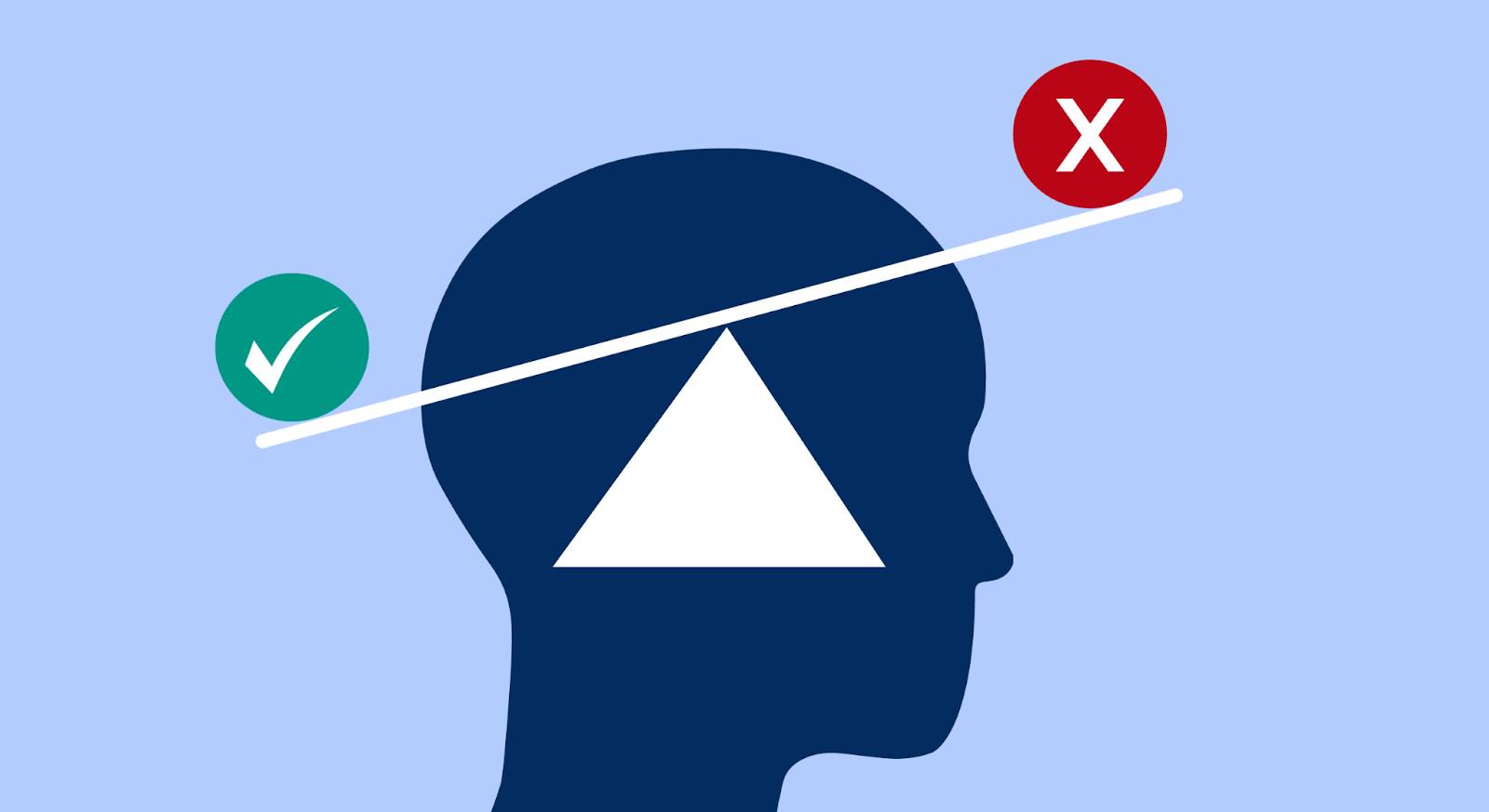Understand Implicit Bias
Learning Objectives
After completing this unit, you’ll be able to:
- Explain what implicit bias is and where it comes from.
- Describe how implicit bias impacts behavior.
What Is Bias and Where Does It Come From?
Like most people, you probably believe yourself to be ethical and unbiased. In the workplace, you probably believe you’re a good decision-maker, capable of objectively deciding about a job candidate or employee’s performance, and reaching a rational and fair conclusion about any particular business problem or situation. Yet it’s clear from more than two decades of research that everyone has bias. In fact, to quote the Neuroleadership Institute, “If you have a brain, you have bias.” (As a reminder, at Salesforce, our equality approach is and has always been rooted in compliance with applicable laws and regulations.)

You have a unique way of viewing the world, and, because you’re human, you have certain biases. Simply put, bias is a preference either for or against something. Some people have a preference for coffee, others prefer tea, and some don’t care for either. Some people may prefer to curl up with a good book on the weekend, while others prefer going to the cinema or a concert or going out for a hike. You may enjoy many things in life, but some things you prefer more than others.
In some cases, you may be fully aware of your biases—for example, you know if you prefer coffee or tea, and why. However, there are times when you don’t realize you have a bias, at least not consciously. Implicit bias is a type of bias that happens at the unconscious level, meaning you don’t realize you have it or even recognize it when it shows up. Implicit bias is tricky in that it tends to influence your behaviors, or how you feel about something, without thinking about it.
But why do you have biases? Well, it all has to do with how much information your brain can process at once. At any given moment, your brain is faced with more than 11 million pieces of information, according to Timothy Wilson, professor of psychology at the University of Virginia and author of the book, Strangers to Ourselves: Discovering the Adaptive Unconscious.
You might find it even more surprising that the brain can only process about 40 of those bits of information at a time. So what does your brain do? It creates shortcuts and uses past knowledge to make assumptions about the things you see in the world around you so that it doesn’t have to process all the information all the time. This creates blind spots. Watch this short video to learn more.
It’s a natural process for your brain to take in information and register and categorize it as good or bad, comfortable or uncomfortable. It’s normal to have blind spots or biases. Everyone does. Yet as a human being, you have to build awareness of your biases—unconscious or not—because they can negatively and unfairly impact the people around you. You assume you’re making sound, rational decisions, and your intent is generally good. Yet your unconscious brain is working against you, and you have to keep it in check.
Implicit Bias and Behavior
Biases aren’t as problematic when you’re talking about your favorite foods or activities. It’s a different thing entirely when you talk about the ways your biases impact your interactions with other people. If left unchecked, biases can be dangerous, and can lead to subjective and irrational decision making, or overt discrimination in the workplace.
For example, research from the Harvard Business School found that extroverted employees are more likely to be considered by their managers to be passionate about their work, when compared to their introverted colleagues. This bias is partially rooted in the fact that extroverted individuals tend to be more expressive, either in their facial expressions, how they communicate about their work, or in general interactions with peers and partners. On the flip side, more reserved employees may be considered aloof by observing managers.
While the difference between being extroverted or introverted may not seem like a big deal in the workplace, the Harvard study suggests that the way managers subconsciously view these two groups may lead to bias that has a real impact on both opportunity and performance for the employees. For example, the study found that extroverted employees are more likely to be given high-priority/high-visibility assignments. Additionally, managers may be more likely to reward what they perceive to be greater passion in extroverted employees with pay raises or promotion opportunities, despite the fact that their introverted colleagues may be just as passionate about their work, though they display it in different ways.
As a human being, you can critically think and analyze. In the workplace, it’s important for you to understand when you’re relying on your impulses driven by implicit bias, and to challenge them—so that in the end you make more informed and rational decisions.
Now that you understand a little more about what bias is and where it comes from, explore the ways it can manifest in the workplace. That’s up next, so keep reading!